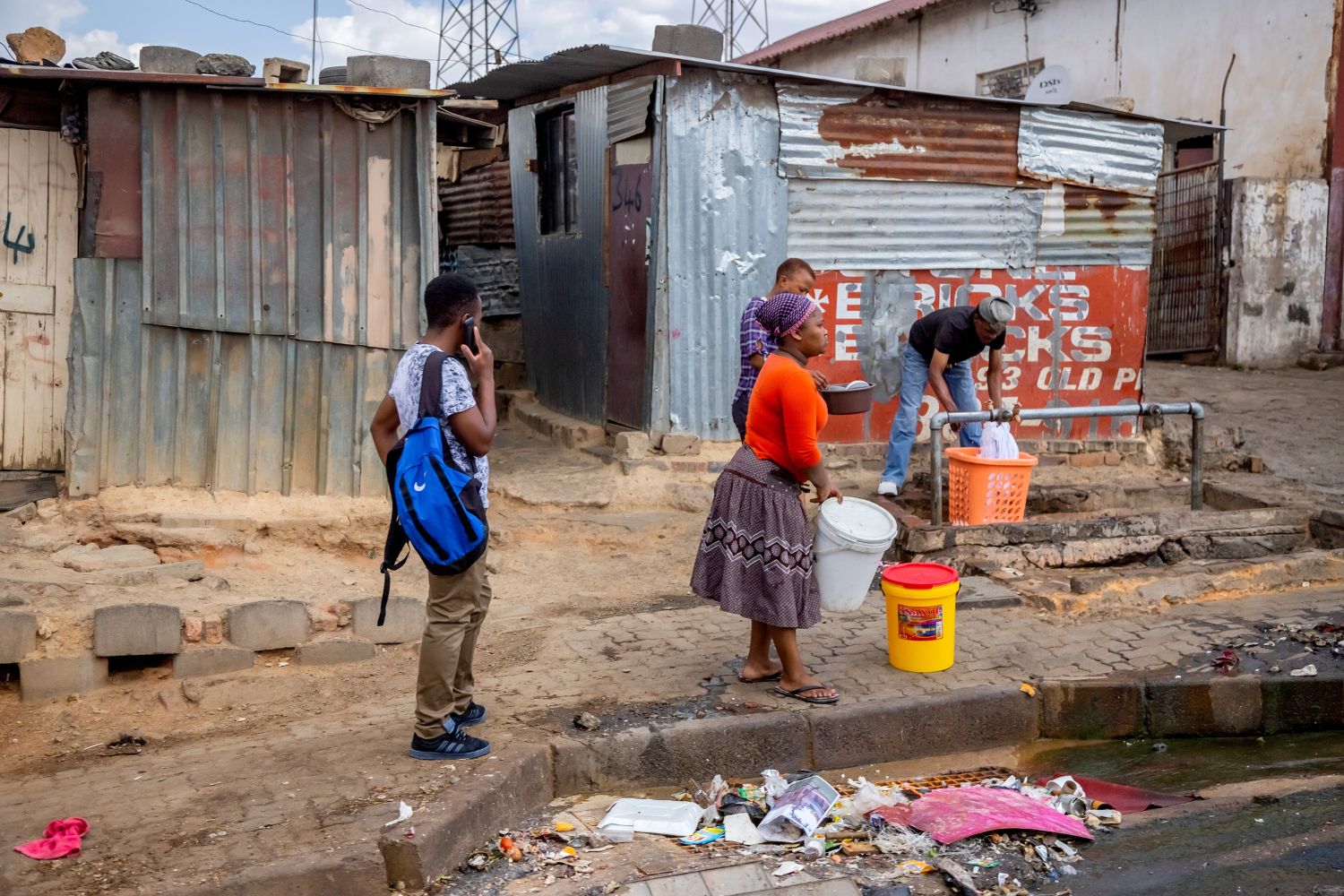The demographics of squatter camps in South Africa are diverse, with people of different races and backgrounds living in these informal settlements.
While there is a common perception that black South Africans predominantly inhabit squatter camps, there are also instances of white South Africans living in such conditions.
According to a 2018 article from The Mainichi, approximately 2.2 million households, or 14% of the national total, resided in squatter camps in 2017, more than three times the number recorded in 1996.
This indicates a significant and growing population living in these informal settlements, encompassing individuals from various racial and socioeconomic groups.
Additionally, a 2013 report by Africa Check refutes the claim that 400,000 whites live in squatter camps in South Africa, emphasising that people of all races inhabit squatter camps and that official statistics does not support the 400,000 figure.
What is a squatter camp?
The term “squatter camp” or informal settlement denotes an urban area where individuals reside in makeshift shacks constructed from materials like wood, cardboard, or tin.
These settlements typically lack essential amenities such as running water and proper sanitation systems, highlighting the residents’ informal and impoverished living conditions.
ALSO READ: Water Catastrophe in Platinum Capital, Northwest South Africa
History of squatter camps
Squatter camps in South Africa trace their origins to the apartheid era, marked by racially discriminatory policies that compelled people into designated townships, limiting access to land and resources.
The aftermath of apartheid saw some improvements, yet the number of individuals residing in squatter camps surged. Initially clustered around urban townships, recent years have witnessed a shift as people seek remote locations.












